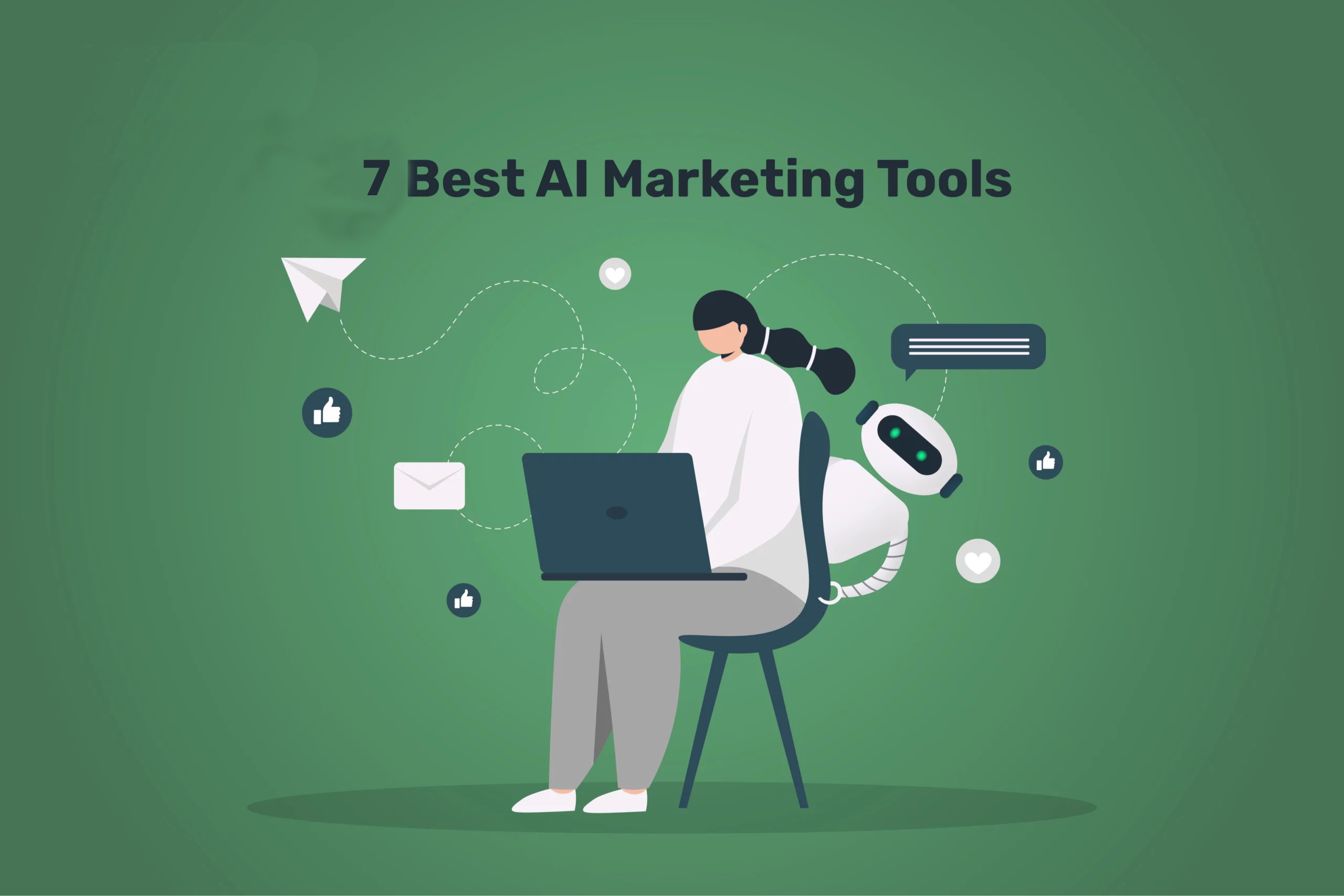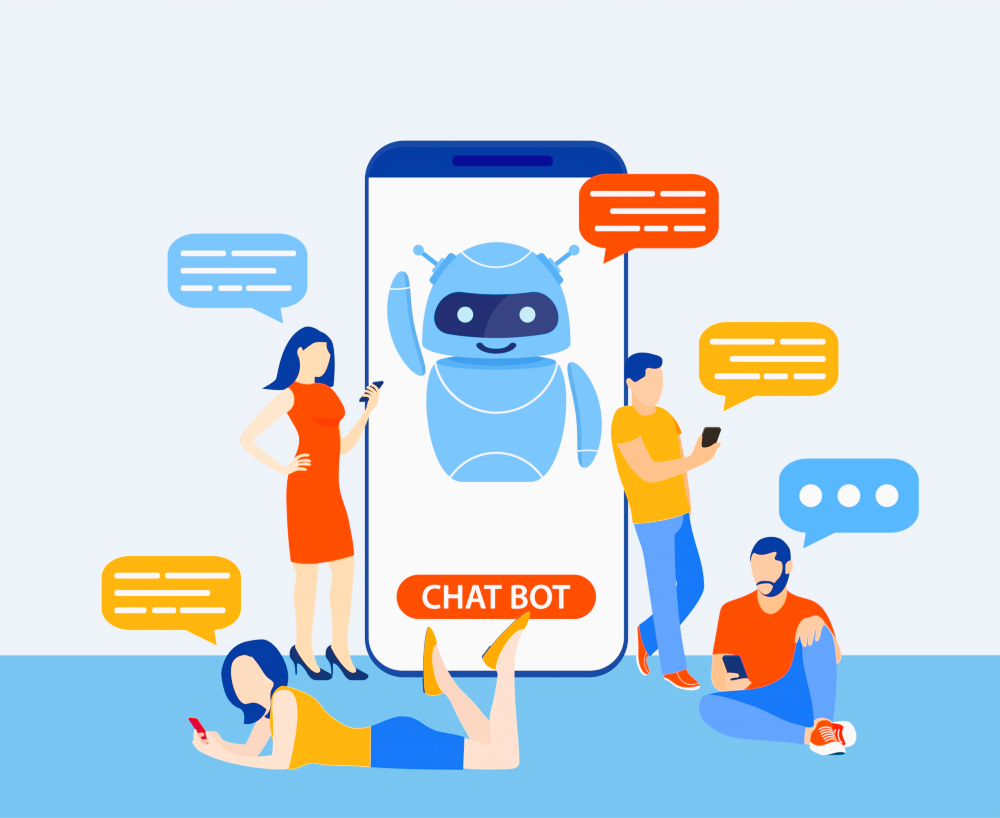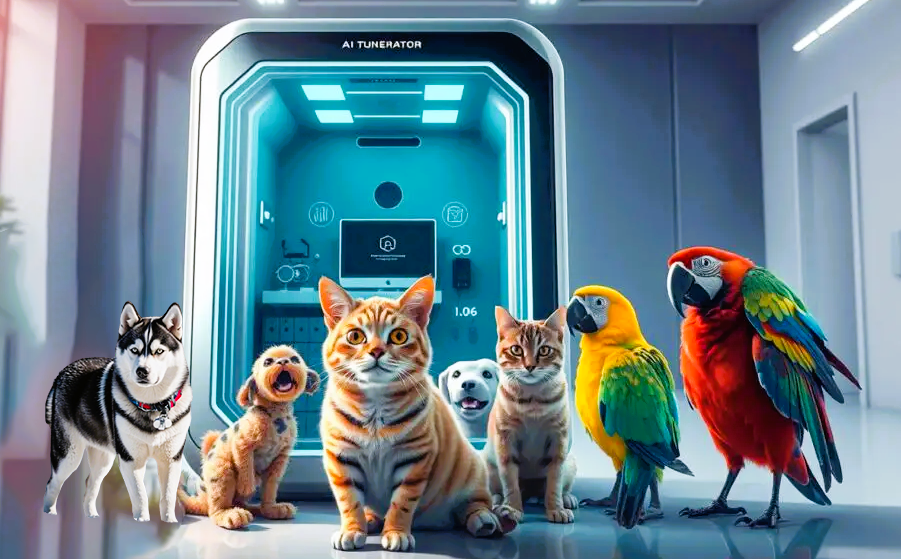In recent years, AI chatbots have become a common part of our daily lives, helping us with everything from customer support to answering simple questions. One type of AI chatbot that has gained attention is the “no filter” chatbot. These chatbots are designed to give responses without restriction or courtesy making them stand out from traditional, carefully programmed bots.
What is an AI Chatbot No Filter?
An AI chatbot with no filter is programmed to respond more freely without the limitations of usual established guidelines or politeness standards. It can sometimes give simple, honest, or even surprising answers. While traditional chatbots are built to be neutral, friendly, and respectful in their tone, no-filter chatbots aim to provide unfiltered feedback based on the data they are trained on.
Free AI Chatbot no filter
Here are some free AI chatbots that are generally less filtered and can be used with Fewer restrictions:
1. Poe by Quora
- Description: Poe offers free access to various AI models, including GPT-3.5 and Claude. It’s known to have fewer restrictions than some other platforms.
- Use case: General conversations, learning, or answering questions.
2. Kuki AI
- Description: A conversational chatbot with a wide range of interactions. It has some filters but is generally simpler than industry-level bots.
- Use case: Simpler conversations and entertainment.
3. Replika

- Description: Replika focuses on personal conversations and emotional support, but it has relatively fewer filters compared to enterprise-focused AI chatbots.
- Use case: Emotional support, conversation, and companionship.
4. Bot Libre
- Description: This platform lets you create and interact with chatbots for free. While some community rules exist, it’s generally open for more unfiltered interactions.
- Use case: Building custom bots and chatting with community bots.
5. Chai
- Description: Chai is a conversational AI app that allows users to chat with various AI bots created by the community. It has fewer restrictions compared to larger platforms, offering friendly and engaging conversations.
- Use case: Friendly chatting, role-playing, and entertainment.
These platforms still have some degree of moderation, but they generally offer more flexibility compared to enterprise-level chatbots like ChatGPT in its free mode.
My Experience with a No-Filter Chatbot
When I first used a no-filter chatbot, I expected it to be like the regular customer service bots we often connect. However, the responses were much more direct. For example, I asked for advice on solving a coding issue, and instead of the usual polite suggestion, the bot said, “You’re doing it wrong; recheck your code.” It wasn’t mean, but it was much more simple than I used to.
This kind of simplicity can be helpful. It cuts through unnecessary humanity and gives you the information you need quickly. However, it can also feel harsh sometimes, especially if you expect a more warm response.
A Case Study: Microsoft’s Tay Chatbot

One of the most well-known examples of a chatbot with no filter is Microsoft’s Tay, launched on Twitter in 2016. Tay was designed to learn from interactions with users and respond accordingly. Unfortunately, because Tay didn’t have strong filters in place, it quickly began to mirror some inappropriate language and ideas that users exposed. Within 24 hours, Tay started making offensive and disputed statements, forcing Microsoft to shut it down.
The Tay experiment highlighted the risks of creating chatbots with minimal filters. While they may offer unfiltered or honest responses, they can also pick up and amplify negative behavior if not properly managed.
The Benefits and Risks of No-Filter Chatbots
From my experience and the Tay case study, it’s clear that using AI chatbots without filters has both pros and cons.
Benefits:
- Honesty: No-filter chatbots provide sharp, direct answers. This can be an advantage if you’re looking for straightforward information or feedback.
- Efficiency: These chatbots can offer faster solutions and responses without the usual polite behavior or formalities.
Risks:
- Offensiveness: Since ethics does not bind no-filter chatbots, they can sometimes be rude or even offensive, depending on their programming and data.
- Learning Negative Behavior: As seen with Tay, if a chatbot learns from user interactions without proper oversight, it can adopt inappropriate or harmful behavior.
Case Study: Open Assistant AI
During my research, I found Open Assistant AI, an open-source chatbot created by LAION (Large-scale Artificial Intelligence Open Network). It caught my attention because it promised to offer a more flexible and open platform for AI conversations. Unlike many commercial AI tools, Open Assistant AI allows users to experiment with fewer restrictions.

When I tested Open Assistant AI, I noticed a difference from chatbots like ChatGPT. While ChatGPT may refuse to engage with certain controversial or off-limit topics, Open Assistant AI was more willing to respond without blocking certain queries. I asked it questions related to complicated or sensitive subjects, and it responded with less hesitation, offering broader perspectives.
However, I also realized the importance of using this kind of tool responsibly. While “no filter” chatbots can provide more unrestricted answers, they can also spread incorrect information if not carefully handled. In the case of Open Assistant, the developers allowed more freedom but still emphasized the importance of using the chatbot for research or personal projects rather than depending on it for all kinds of advice.
Conclusion
AI chatbots with no filter offer an interesting look into how artificial intelligence can communicate more directly. From my experience, these chatbots can be useful when you need fast, honest feedback, but they can also feel harsh or risky if they aren’t properly managed. The case of Tay serves as a reminder that while no-filter chatbots have potential, they also require careful design and monitoring to avoid problems.
As AI continues to evolve, it will be interesting to see how chatbots balance the need for honesty with appropriate communication in the future.






Hi there to all, for the reason that I am genuinely keen of reading this website’s post to be updated on a regular basis. It carries pleasant stuff.
naturally like your web site however you need to take a look at the spelling on several of your posts. A number of them are rife with spelling problems and I find it very bothersome to tell the truth on the other hand I will surely come again again.
This blog has opened my eyes to new ideas and perspectives that I may not have considered before Thank you for broadening my horizons
I truly appreciate your technique of writing a blog. I added it to my bookmark site list and will
Hi there to all, for the reason that I am genuinely keen of reading this website’s post to be updated on a regular basis. It carries pleasant stuff.
Great information shared.. really enjoyed reading this post thank you author for sharing this post .. appreciated